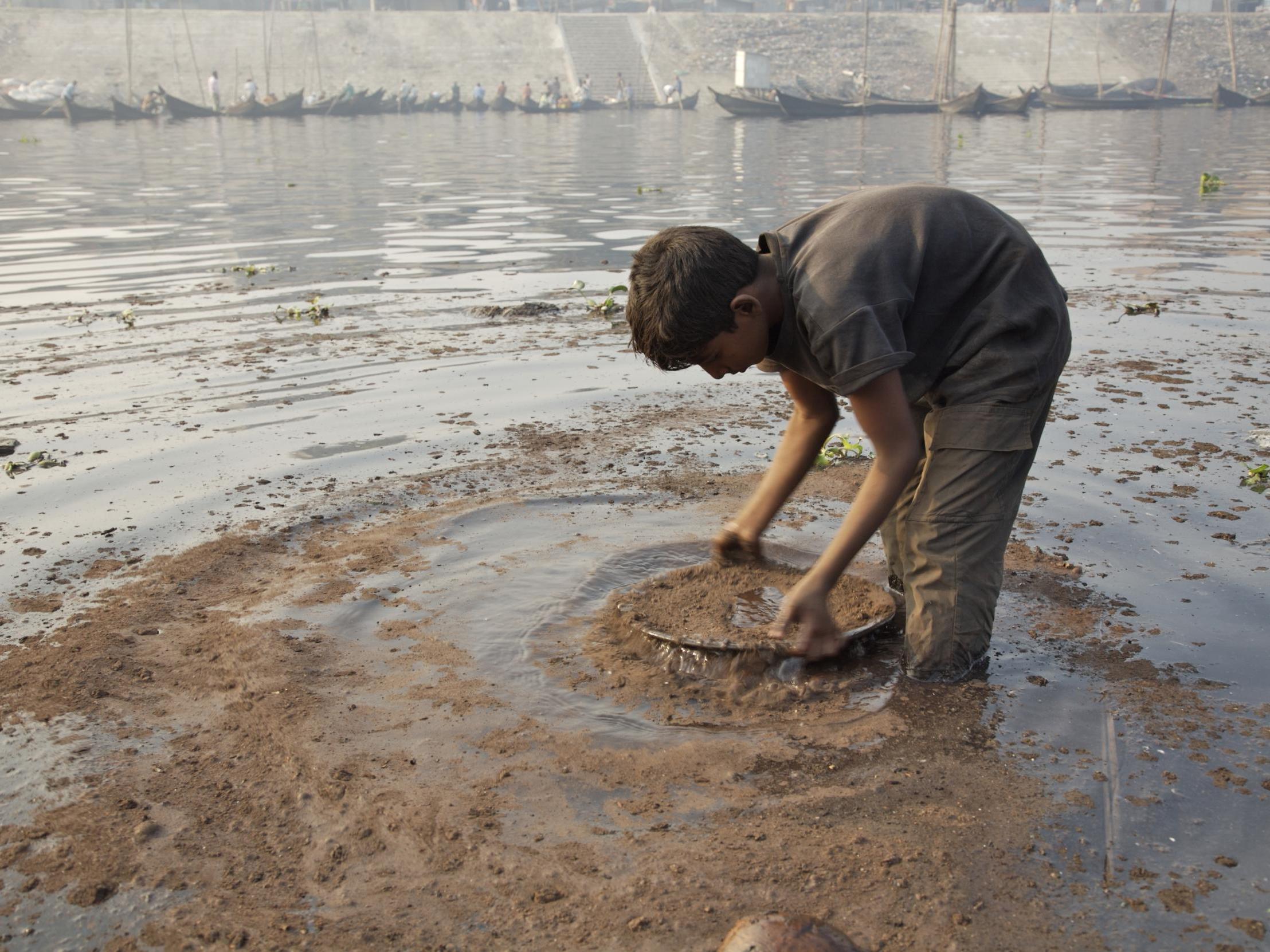One in three children worldwide suffering lead poisoning, Unicef report finds
More than 200,000 children over age of five affected in UK, research estimates

Lead poisoning is predicted to affect around one third of the world’s children in a new report by Unicef.
Researchers found up to 800 million children globally have the level of lead in their blood that requires action.
Nearly half of these live in South Asia, the joint report by Unicef and Pure Earth said.
Young children are especially vulnerable to lead, a toxic substance which can cause “profound and permanent health effects” for those exposed, including harming brain development, according to the World Health Organisation (WHO).
The new research estimated more than 200,000 children over five years old have concerning levels in their body in the UK, as well as around 29,000 children over the age of 10.
Nicholas Rees, the report’s author, said: “The data indicates that up to a quarter of a million children in the UK have blood lead levels at or above 5 micrograms per decilitre (μg/dL).
Studies show that negative impacts of lead exposure can show up those levels, including lowering their IQ, their learning abilities – and ultimately, their future potential in life.”
Mr Rees, who is Unicef’s climate and environment specialist, added: “Banning lead in petrol and paint has had a very positive effect in lowering blood lead levels in the UK over the past few decades – and it shows what can be done with the right policies and legislation. However, there is still work to be done.”
The new analysis found around the world, 800 million children have blood levels at or above 5μg/dL, which Unicef said was the level at which action is required.
The report, called “The Toxic Truth: Children’s exposure to lead pollution undermines a generation of potential”, said lead can cause permanent damage to children’s brains, and is particularly harmful to those under the age of five whose brains are not yet fully developed.
It also found children with higher bone lead levels are associated with more aggressive and delinquent behaviour.

Lead poisoning can lead to behavioural problems and reduced IQ in children, according to the WHO.
Even if children display no obvious symptoms, low levels of exposure can damage multiple body systems, the global public health body says.
If children suffer high levels of exposure, lead can attack their brain and central nervous system, which can send them into a coma or prove fatal.
The Unicef and Pure Earth research said lead-acid batteries being improperly and informally recycled – which is on the rise due to more people owning vehicles and a lack of regulation - is a leading cause of lead poisoning among children from low and middle-income countries, whose blood lead levels have remained high even as high-income countries have seen theirs reduce.
Other causes of exposure for children include lead in water that travelled along leaded pipes, lead-based paint, leaded gasoline, lead in spices, make-up and toys and parents whose work involves lead bringing contaminated dust home.
“It is critical that we work together and share best practices on preventing lead exposure – both within the UK and with other countries,” Mr Rees from Unicef said.
“We are not going to end child deaths globally without addressing environmental determinants of their health.”
Join our commenting forum
Join thought-provoking conversations, follow other Independent readers and see their replies
Comments
Bookmark popover
Removed from bookmarks